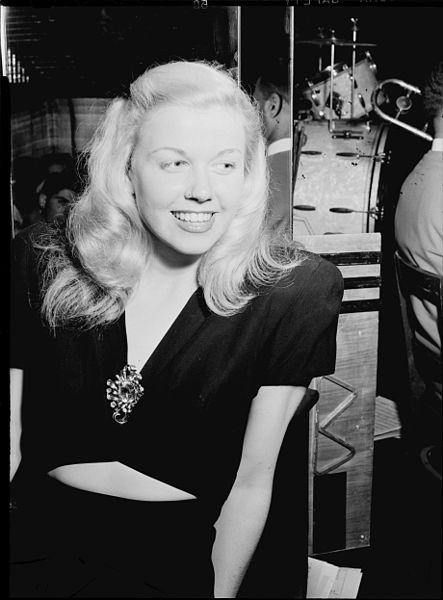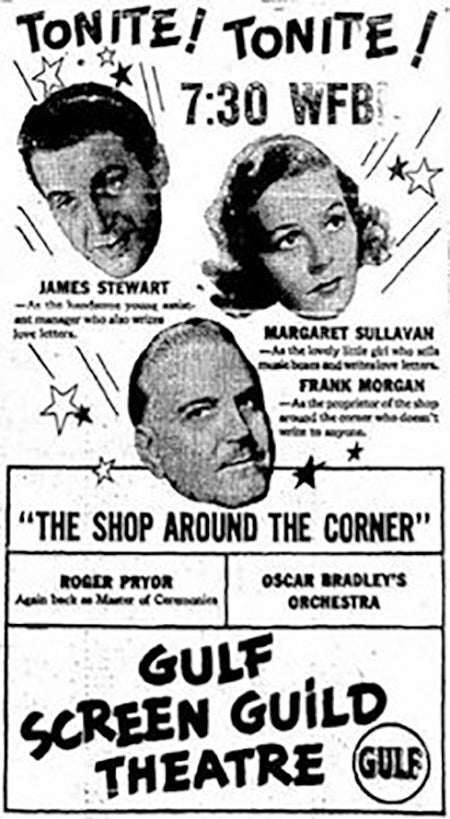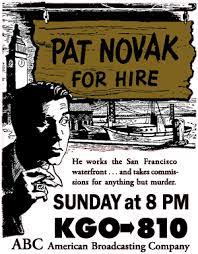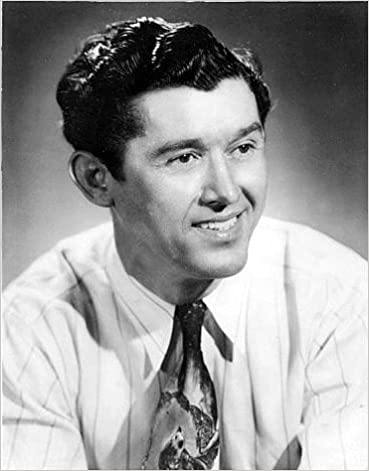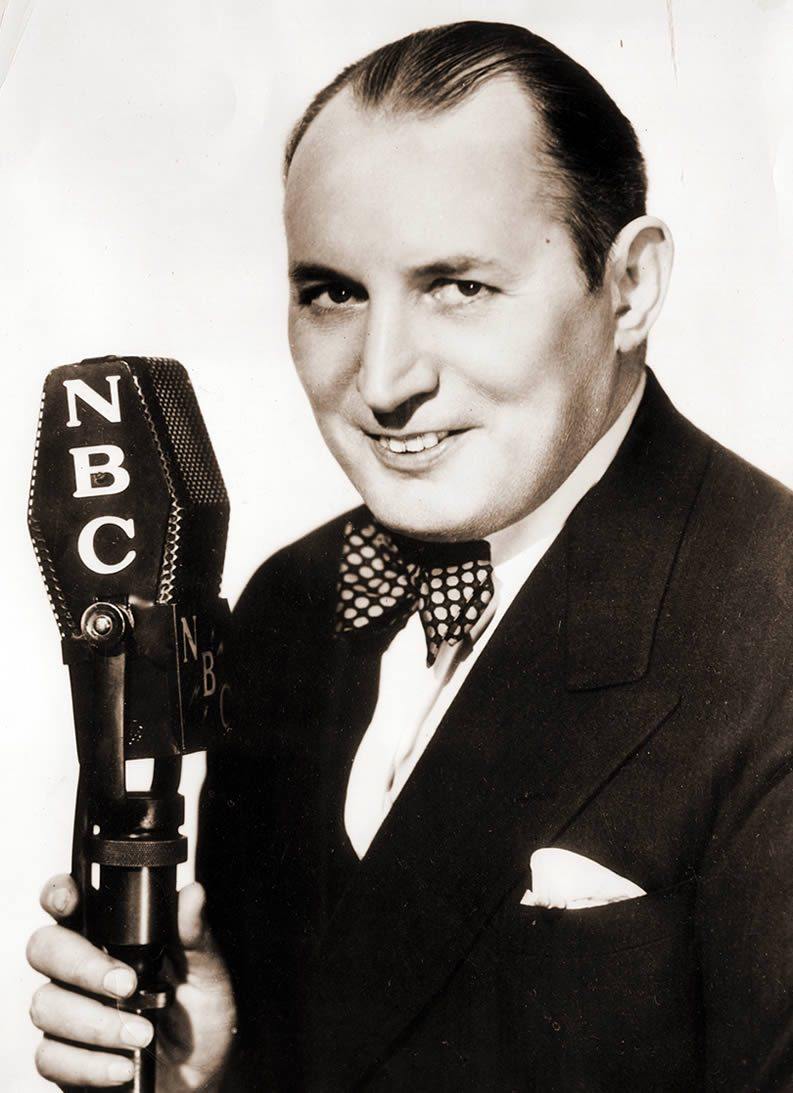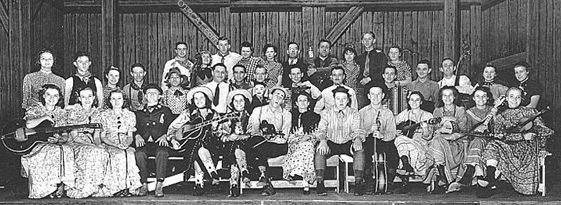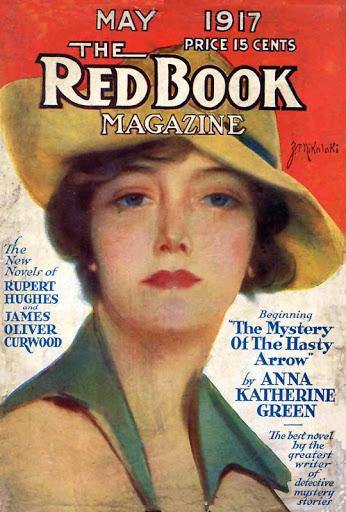 Doris Mary Ann Kappelhoff was born on April 3, 1922 or 1924 in Cincinnati, Ohio, the daughter of Alma Sophia (née Welz), a housewife, and William Joseph Kappelhoff, a music teacher and choir master. All of her grandparents were German immigrants.
Doris Mary Ann Kappelhoff was born on April 3, 1922 or 1924 in Cincinnati, Ohio, the daughter of Alma Sophia (née Welz), a housewife, and William Joseph Kappelhoff, a music teacher and choir master. All of her grandparents were German immigrants.
The youngest of three siblings, she had two older brothers: Richard (who died before her birth) and Paul, several years older. Due to her father's alleged infidelity, her parents separated. She developed an early interest in dance, and in the mid-1930s formed a dance duo with Jerry Doherty that performed locally in Cincinnati. A car accident on October 13, 1937, injured her legs and curtailed her prospects as a professional dancer.
While recovering, Day started to sing along with the radio and discovered a talent she did not know she had. Day said: "During this long, boring period, I used to while away a lot of time listening to the radio, sometimes singing along with the likes of Benny Goodman, Duke Ellington, Tommy Dorsey, and Glenn Miller [...]. But the one radio voice I listened to above others belonged to Ella Fitzgerald. There was a quality to her voice that fascinated me, and I'd sing along with her, trying to catch the subtle ways she shaded her voice, the casual yet clean way she sang the words."
Observing her daughter rekindled Alma's interest in show business, and she decided to give Doris singing lessons. She engaged a teacher, Grace Raine. After three lessons, Raine told Alma that young Doris had "tremendous potential", which led Alma to give her daughter three lessons a week for the price of one. Years later, Day said that Raine had the biggest effect on her singing style and career.
During the eight months she was taking singing lessons, Day had her first professional jobs as a vocalist, on the WLW radio program Carlin's Carnival, and in a local restaurant, Charlie Yee's Shanghai Inn. During her radio performances, Day first caught the attention of Barney Rapp, who was looking for a girl vocalist and asked if Day would like to audition for the job. According to Rapp, he had auditioned about 200 singers when Day got the job.
While working for Rapp in 1939, she adopted the stage surname "Day", at Rapp's suggestion. Rapp felt that "Kappelhoff" was too long for marquees, and he admired her rendition of the song "Day After Day". After working with Rapp, Day worked with bandleaders Jimmy James, Bob Crosby, and Les Brown.
While working with Brown, Day scored her first hit recording, "Sentimental Journey", released in early 1945. It soon became an anthem of the desire of World War II demobilizing troops to return home. This song is still associated with Day, and she rerecorded it on several occasions, including a version in her 1971 television special. At one point in 1945–46, Day (as vocalist with the Les Brown Band) had six other top ten hits on the Billboard chart: "My Dreams Are Getting Better All the Time", "'Tain't Me", "Till The End of Time", "You Won't Be Satisfied (Until You Break My Heart)", "The Whole World is Singing My Song", and "I Got the Sun in the Mornin'". By the time she left Brown's band in August 1946, she was the highest paid female band vocalist in the world.
Get the Doris Day Old Time Radio Shows 10 Episode MP3 CD-R Here

